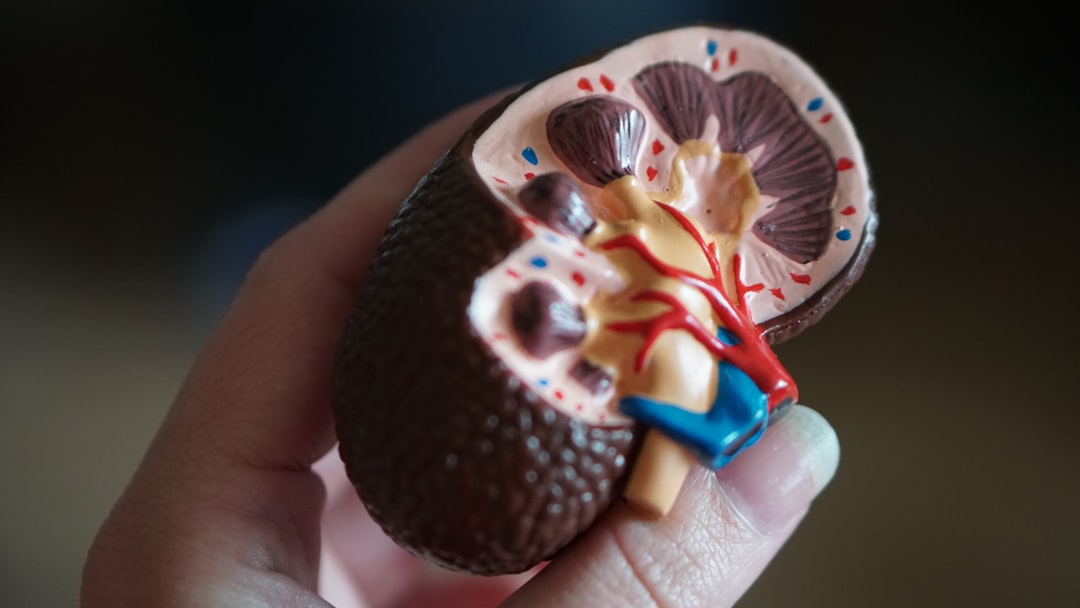What is it about?
This paper outlines the evidence in normal development which supports an early immaturity of the negative feedback between acidity and gastrin. In normal babies such an immaturity maintains gastric acidity at levels which reduce enteric infections. Both gastrin and acidity are unrestrained in the first few weeks since they are not controlled by the negative feedback. Babies with a parietal mass at the top end of normal when subjected to this phenomenon develop critical hyperacidity which is the most potent stimulus for sphincter contraction. Repeated sphincter contraction helped by acid induced increased hunger, adds to this process and pyloric stenosis is the result.
Featured Image
Why is it important?
No other proposed cause makes sense.
Perspectives
A natural development to this theory will be many subclinical cases which especially when feeding is restricted will self-cure. The negative feed-back immaturity when it is mature will reduce acid secretion. At this time the pylorus will naturally have widened with time and self-cure-forever! will be the reuly Such a prediction is also supported by real experience.r
Dr Ian Munro Rogers
AIMST University
Read the Original
This page is a summary of: The true cause of pyloric stenosis is hyperacidity, Acta Paediatrica, January 2007, Wiley,
DOI: 10.1111/j.1651-2227.2006.tb02197.x.
You can read the full text:
Contributors
The following have contributed to this page










